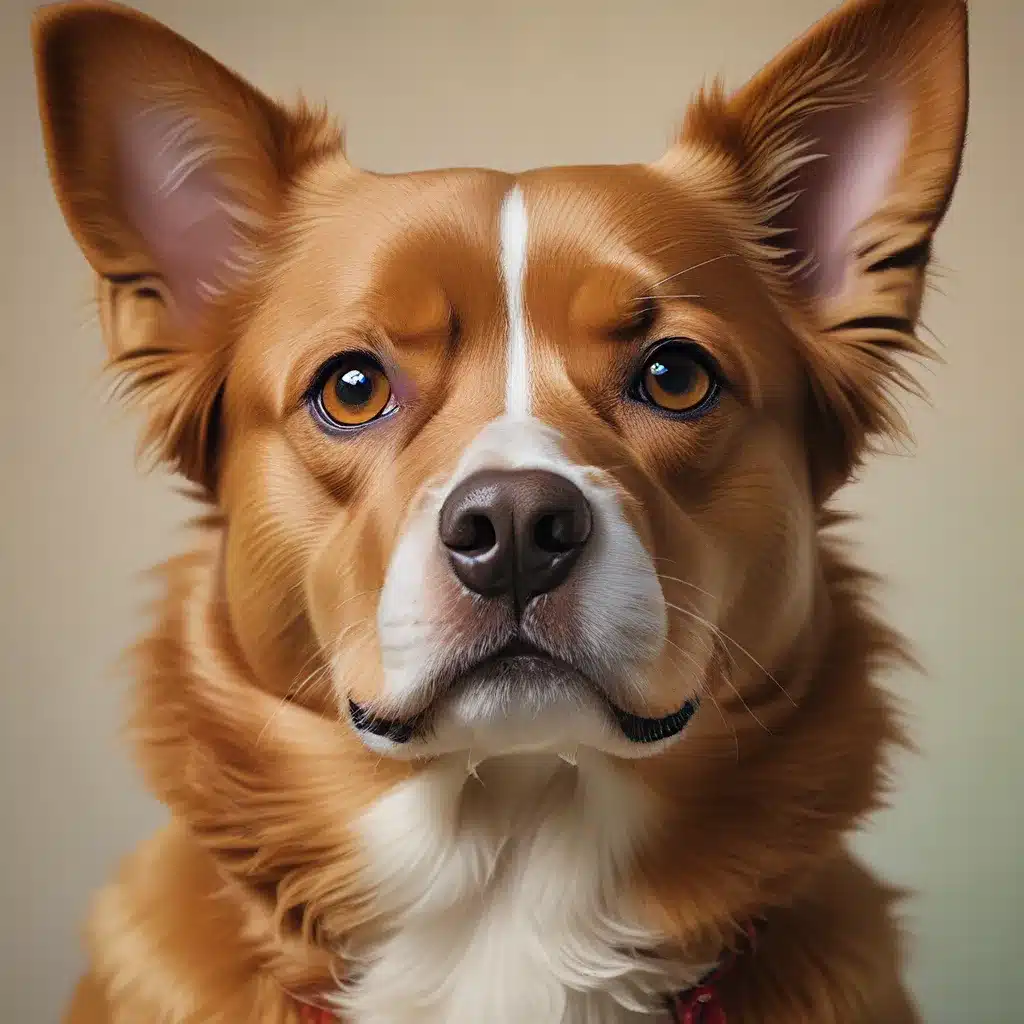
Unlocking the Power of Palette
As artists, we know that color is the lifeblood of our creative expression. Whether you’re sketching a beloved family pet or painting a vibrant landscape, mastering the nuances of color can elevate your work to new heights. In this comprehensive guide, we’ll dive deep into the world of color exploration, equipping you with the tools and techniques to breathe life into your pet portraits through the strategic use of palettes and color theory.
Crafting a compelling pet portrait is not just about capturing the likeness of your furry subject; it’s about infusing your artwork with a sense of emotion and personality. By understanding the power of color, you can elevate your pieces to become more than just a realistic representation – they can become works of art that truly connect with the viewer on a deeper level.
Establishing a Solid Foundation
Before we dive into the exciting realm of color experimentation, it’s essential to build a strong foundation in the basics of color theory. This understanding will serve as the backbone for your artistic explorations, allowing you to make informed decisions and push the boundaries of your creative expression.
At the core of color theory lies the primary colors – red, yellow, and blue. These hues form the building blocks of all other colors, and by learning how to mix and manipulate them, you’ll unlock a world of possibilities. Equally important are the secondary colors – orange, green, and purple – which are created by combining two primary colors.
But color theory doesn’t stop there. Understanding the relationships between these colors, such as complementary (opposites on the color wheel), analogous (adjacent on the color wheel), and triadic (equidistant on the color wheel) combinations, will empower you to create harmonious and visually striking palettes.
Experimenting with Color Palettes
Now that you have a solid foundation in color theory, it’s time to dive into the exciting world of color palette exploration. This is where the real magic happens – where you can experiment, play, and discover new and unexpected ways to bring your pet portraits to life.
One of the most powerful tools in your arsenal is the limited palette. By restricting yourself to a select few colors, you can create a cohesive and visually harmonious piece that showcases your mastery of color mixing and blending. This approach can be particularly effective when painting pet portraits, as it allows you to focus on the nuances of your subject’s coloration without getting bogged down in a sea of options.
Another technique to consider is the complementary palette, where you pair contrasting hues to create a bold and dynamic composition. This can be especially impactful when painting pets with vibrant fur or distinctive markings, as the juxtaposition of colors can make those features pop off the canvas.
If you’re feeling more adventurous, why not explore the analogous palette? By using colors that are adjacent on the color wheel, you can create a sense of harmony and depth in your pet portraits, evoking a more serene and calming atmosphere. This approach can be particularly effective when painting portraits of more understated or mellow-tempered pets.
Incorporating Textural Elements
As you delve deeper into the world of color exploration, don’t forget the power of texture. The way you apply paint to the canvas can have a profound impact on the overall feel and mood of your pet portraits.
Experiment with different brushwork, from loose and expressive strokes to tight and precise details. Play with the thickness of your paint, using impasto techniques to create a sense of depth and dimension, or opt for thin, transparent glazes to achieve a more atmospheric effect.
Incorporating mixed media elements, such as collage, drawing, or printmaking, can also add an extra layer of visual interest and texture to your pet portraits. By combining different materials and techniques, you can create truly unique and compelling artworks that showcase your creative versatility.
Capturing the Essence of Your Subject
As you experiment with color and texture, it’s essential to remember the true purpose of your pet portrait – to capture the essence and personality of your furry subject. While bold, colorful palettes and expressive brushwork can enhance your artwork, they shouldn’t overshadow the emotional connection between the viewer and the pet.
Take the time to observe your subject carefully, studying their unique markings, expressions, and mannerisms. Use this intimate knowledge to inform your color choices and painting style, ensuring that your pet portrait not only looks visually stunning but also resonates with the viewer on a deeper level.
By striking the right balance between technical mastery and emotional connection, you can create pet portraits that truly captivate and inspire. Remember, the power of color is not just about creating beautiful artwork – it’s about conveying the spirit and character of the animals we hold so dear.
Embracing the Journey of Exploration
The world of pet portrait design is a vast and ever-evolving landscape, and the journey of color exploration is one that should be embraced with enthusiasm and a willingness to experiment. Whether you’re a seasoned artist or just starting your creative journey, the key is to approach each new project with an open mind and a spirit of curiosity.
Engage in regular practice, exploring different palettes, techniques, and materials. Don’t be afraid to step outside your comfort zone and try something new – you never know what exciting discoveries await. And remember, the true joy of art lies not just in the final product, but in the process of self-expression and creative fulfillment.
So, unleash your artistic vision, dive into the world of Pencil and Paint Muse, and let your passion for color and pet portraiture guide you on an unforgettable journey of artistic growth and discovery.